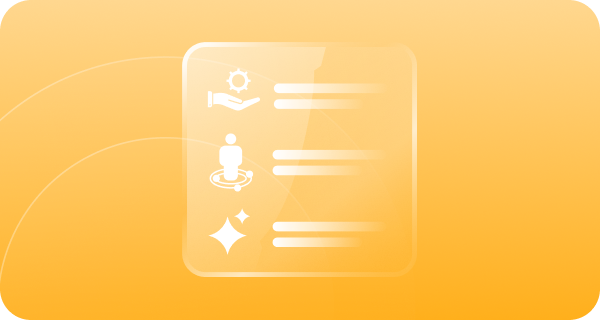One of the biggest issues in digital production is the gap between design (the intended experience) and code (the actual experience). This gap creates roadblocks and inefficiencies for production teams, frustrations for stakeholders, and poor quality experiences for end users.
The source of this gap comes from a variety of places.
Outdated Documentation
Documentation is one of the most important ways teams create a shared understanding of priorities, ongoing work, available resources and how to use them. There are hundreds of documentation tools available, each purpose-built to cater to different types of work and workflows. Developers have Git, designers have Figma, product managers have… far too many to name. Teams try to keep different documentation sources in sync, but if they rely on manual effort it’s an impossible task.
Siloed workspaces
To be efficient, it’s important to use tools that have specialized functionality to effectively do the job. But these specialized tools mean that we are often working in siloed spaces that don’t support cross-functional collaboration. It’s not what they are built for. This results in teams lacking a holistic view of their assets and workflows, contributing to the disconnect between design intent and the final product.
Poor Collaboration
If teams are not able to connect around a shared understanding of what is true, it becomes difficult to collaborate. Decisions get made without stakeholder input, communication breaks down, and project timelines stagnate. Unification of tools isn’t just about where the data lives, it’s also about how your team communicates.
Bringing It All Together
The solution to outdated documentation, siloed workspaces, and poor collaboration is a unified space where teams can collaborate around a centralized source of truth. In a previous blog post we explored the pros and cons of different approaches teams can take to establish a central source of truth. You can read the blog for more details but unsurprisingly, we advocated for end-to-end platforms like Knapsack.
What sets Knapsack apart is how it empowers you to solve these challenges. Instead of simply narrowing the gap between design and code, it enables you to eliminate it entirely by directly connecting designs to code.
- Dynamic Documentation: You can leverage the direct connection between design and code to create and automatically maintain up-to-date documentation.
- Cross-functional Collaboration: Customizable workflows and contribution capabilities allow everyone on your team to provide feedback throughout the development process, while robust permissions and controls ensure you maintain the integrity of your design system.
- Birds-eye-view; By using Knapsack’s design token, component, pattern, and theme management tools, you can gain a holistic view of your teams’ existing assets, making it easier for you to identify what needs updating and what still needs to be built.
Discover how Knapsack uniquely unifies your digital production teams' tools, closing the gap between design and code to accelerate production and improve the quality of your digital products. Attend our weekly live demo to learn more.



